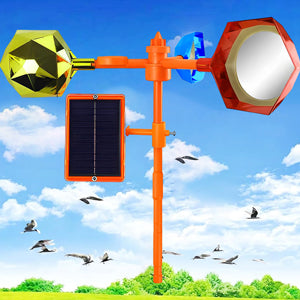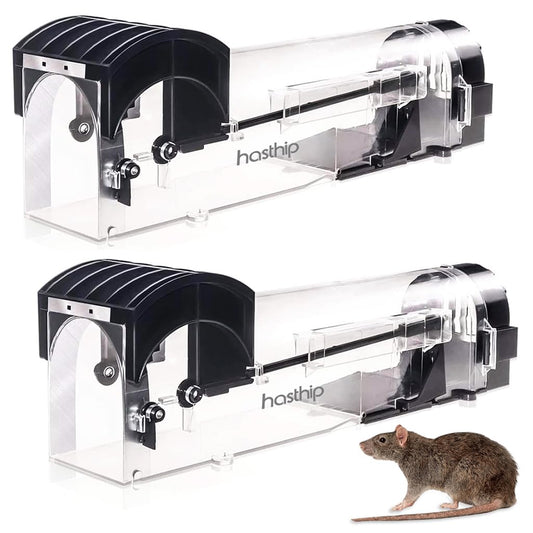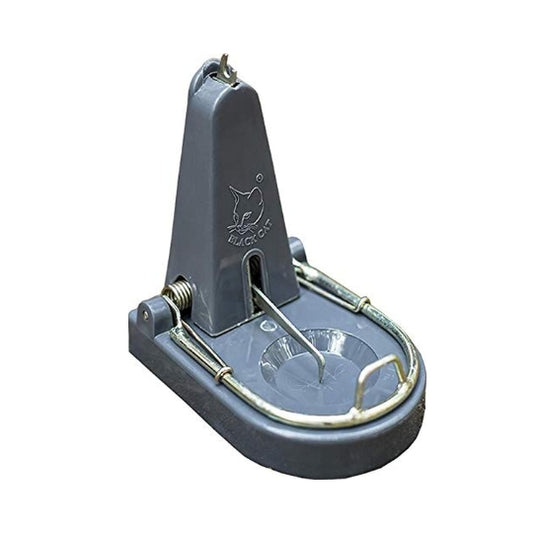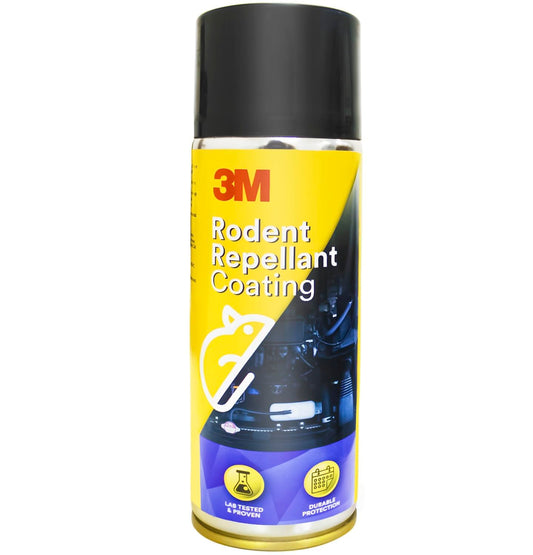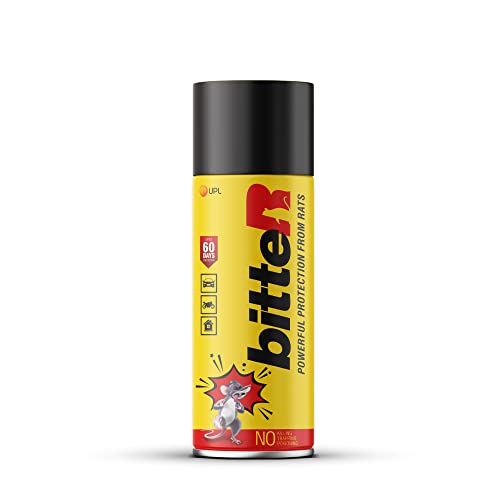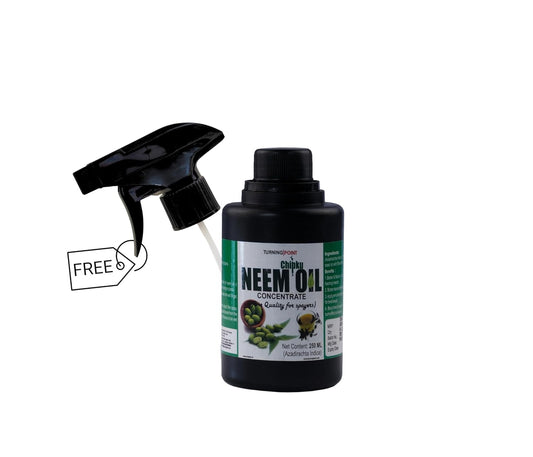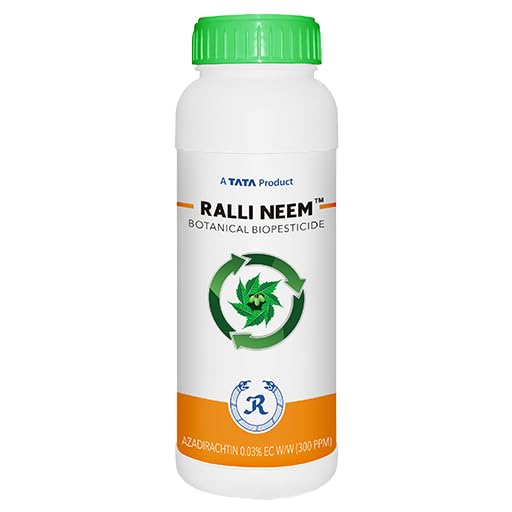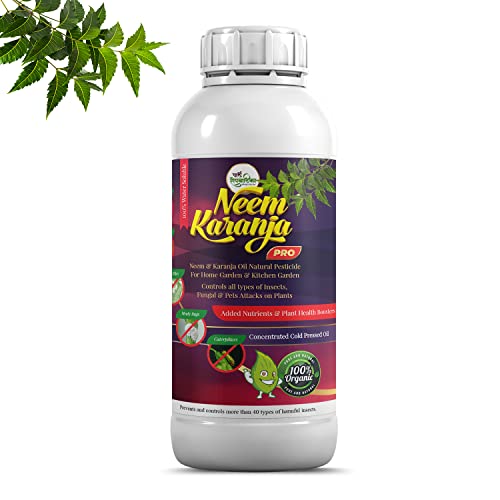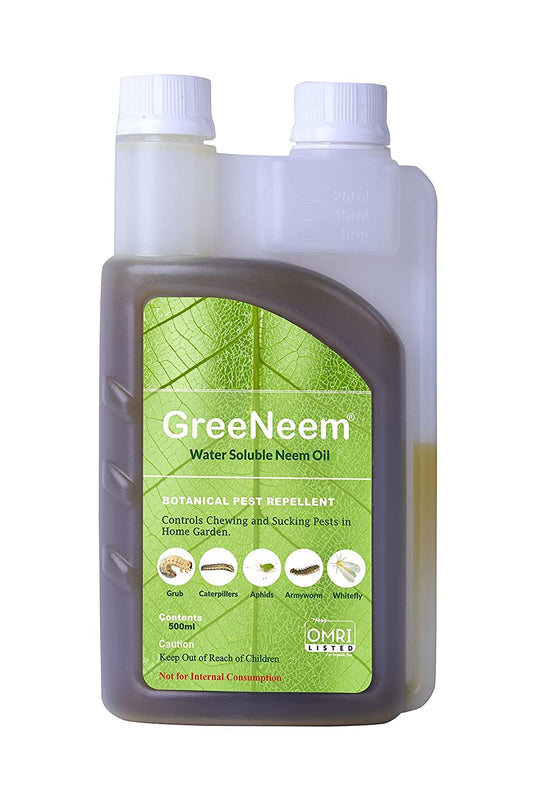Why phosphate fertilzers should be applied before sowing?
Share
What are phosphate fertilizers?
Phosphate fertilizers are fertilizers that contain phosphorus, an essential nutrient for plant growth. Phosphorus is involved in many important plant processes, including cell division, energy production, and flowering.
Where are phosphate fertilizers found?
Phosphate fertilizers are found in a variety of places, including:
- Rock phosphate: This is a sedimentary rock that is a major source of phosphorus for fertilizer production.
- Animal manure: Animal manure contains phosphorus that can be used as a fertilizer.
- Plant waste: Plant waste, such as crop residues and food scraps, can also be used as a source of phosphorus for fertilizer.
- Synthetic fertilizers: Synthetic fertilizers are manufactured from phosphorus-containing materials, such as rock phosphate.
How are phosphate fertilizers made?
There are two main ways to make phosphate fertilizers:
- From rock phosphate: Rock phosphate is first crushed and then treated with acid to extract the phosphorus. The phosphorus is then converted into a form that is soluble in water and can be used by plants.
- From animal manure: Animal manure is first composted to break down the organic matter. The compost is then treated with acid to extract the phosphorus.
When are phosphate fertilizers used?
Phosphate fertilizers are used throughout the growing season, but they are most important during the early stages of plant growth. Phosphorus is essential for root development, so it is important to apply phosphate fertilizers before or at planting.
Which phosphate fertilizers are the best?
The best phosphate fertilizer for a particular crop depends on the soil conditions, the crop's needs, and the cost of the fertilizer. Some of the most common phosphate fertilizers include:
- Diammonium phosphate (DAP): This is a highly soluble fertilizer that is easy to apply. It is a good choice for most crops.
- Monoammonium phosphate (MAP): This is another highly soluble fertilizer that is easy to apply. It is a good choice for crops that are sensitive to ammonium.
- Triple superphosphate (TSP): This is a less soluble fertilizer that is slower-release than DAP or MAP. It is a good choice for crops that are sensitive to phosphorus deficiency.
Why are phosphate fertilizers important?
Phosphate fertilizers are important for plant growth and productivity. They are also used in the production of many food and industrial products. Phosphorus deficiency can lead to stunted growth, poor yields, and even death in plants.
Phosphate fertilizers should be applied before sowing for the following reasons:
- Phosphorus is immobile in soil. This means that it does not move easily through the soil, so it is important to apply it in the root zone where the plants can access it.
- Phosphorus is essential for early plant growth. Phosphorus is needed for root development, which is essential for the uptake of water and nutrients. It is also needed for flowering and fruit production.
- Applying phosphate fertilizer before sowing can help to improve the germination rate of seeds. Phosphorus helps to break down the seed coat and promote root growth.
- Applying phosphate fertilizer before sowing can help to reduce the risk of phosphorus deficiency in plants. Phosphorus deficiency can lead to stunted growth, poor yields, and even death in plants.
The best time to apply phosphate fertilizer depends on the crop and the soil conditions. In general, it is best to apply phosphate fertilizer before or at planting. However, it may also be necessary to apply phosphate fertilizer later in the season, depending on the crop's needs.
Here are some tips for applying phosphate fertilizer before sowing:
- Test the soil to determine the phosphorus levels. This will help you to determine the correct amount of fertilizer to apply.
- Follow the directions on the fertilizer label. This will ensure that you are applying the correct amount of fertilizer.
- Apply the fertilizer evenly over the entire planting area. This will help to ensure that all of the plants have access to the fertilizer.
- Incorporate the fertilizer into the soil. This will help the fertilizer to be more available to the plants.


